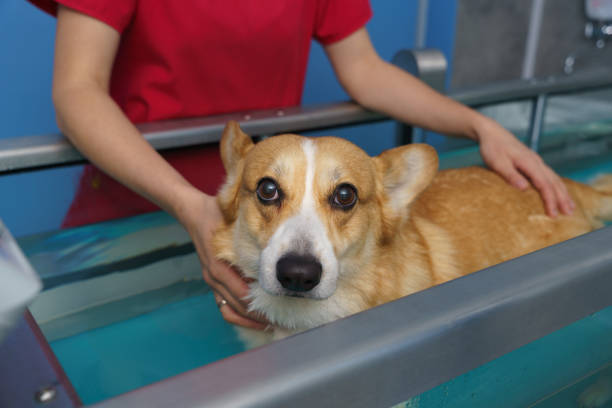Practical Nutrition Guidelines for Companion Health
Good companion nutrition supports energy, immune function, dental health, behavior, and overall wellness across life stages. This short overview outlines practical, evidence-aligned approaches for choosing diets, integrating grooming and dental routines, and coordinating with veterinary care to support adopted or rescued animals and those who travel or board.

This article outlines practical, balanced nutrition guidance for companion animals and how feeding choices intersect with grooming, dental care, training, behavior, and veterinary oversight. A clear feeding plan tailored to life stage, size, and activity level helps reduce weight-related illness, supports healthy skin and coat, and complements enrichment and socialization efforts to improve overall wellness.
This article is for informational purposes only and should not be considered medical advice. Please consult a qualified healthcare professional for personalized guidance and treatment.
Nutrition: What to prioritize?
Feeding decisions should start with a simple framework: appropriate calories, complete and balanced nutrients, and feeding frequency that fits the pet’s life stage and health. Look for foods labeled “complete and balanced” for the species and life stage; these indicate the formula meets standard nutrient profiles. Protein quality, fat sources, fiber levels, and essential vitamins and minerals matter. For weight management, measure portions and track body condition rather than relying solely on package guidelines. When introducing new diets, transition gradually over 7–10 days to avoid digestive upset. Homemade or raw diets require professional formulation to ensure adequacy and safety.
Grooming and dental care?
Nutrition influences coat condition, skin health, and oral health. Omega-3 fatty acids, certain amino acids, and adequate minerals support a glossy coat and intact skin barrier. Dental health benefits from appropriate food textures and regular brushing; dental chews and professional cleanings can reduce plaque buildup but are not replacements for brushing. Routine grooming helps you monitor skin, ears, and mouth for issues that may signal dietary sensitivities or deficiencies. Discuss nutritional contributors to dental disease with your veterinary team to balance diet and preventive care.
Training and behavior basics?
Diet affects energy stability and behavior: consistent feeding schedules and appropriate portion sizes help regulate activity and reduce food-related anxiety or begging. High-quality protein supports cognitive function, while balanced carbohydrates and fiber can moderate blood sugar swings that influence impulsivity in some pets. When using food rewards in training, account for their caloric contribution by reducing meal portions or using lower-calorie treats. For behavior concerns that may have nutritional links—such as hyperactivity or anxiety—review diet composition and feeding routines with a trainer and veterinarian.
Veterinary care, vaccination, microchipping?
Nutrition should be integrated with regular veterinary assessments. Routine exams identify weight trends, dental disease, allergies, or metabolic conditions that require dietary adjustments. Vaccination schedules, microchipping, and preventive care visits are opportunities to review feeding plans and supplement needs. Discuss special diets when pets have chronic conditions—like kidney disease, diabetes, or food-responsive dermatologic issues—because therapeutic diets are often recommended. Keep records of food changes and any reactions to share with your veterinarian during visits.
Adoption, rescue, and socialization?
Pets coming from shelters or rescues may arrive on unfamiliar diets; transitioning to a stable, nutrient-appropriate diet supports recovery and reduces gastrointestinal upset. Prioritize digestible, complete diets and feed small, frequent meals during stressful adjustment periods. Socialization and enrichment around mealtimes—such as puzzle feeders and supervised food-based interactions—can build confidence in newly adopted animals and reduce stress-related behaviors. Microchipping and up-to-date vaccination status should accompany nutritional planning to support overall health post-adoption.
Enrichment, boarding, travel, wellness?
Feeding routines should accommodate travel, boarding, or temporary care without abrupt diet changes. Pack measured portions of the pet’s regular food and familiar treats to maintain digestion and behavior consistency. Enrichment strategies like food puzzles promote mental stimulation and can slow fast eaters. When boarding, communicate detailed feeding instructions, portion sizes, and any medical or dental needs to caregivers. Maintain wellness by monitoring weight, stool quality, coat condition, and appetite; report concerns promptly to your local veterinary services.
A balanced approach to nutrition ties together grooming, dental care, training, behavior, and veterinary prevention. Regular assessment of body condition, adjusted portioning, and coordination with professionals help pets thrive across life transitions such as adoption, travel, or medical management. Prioritizing nutrient completeness, gradual changes, and consistent routines supports long-term companion health.





